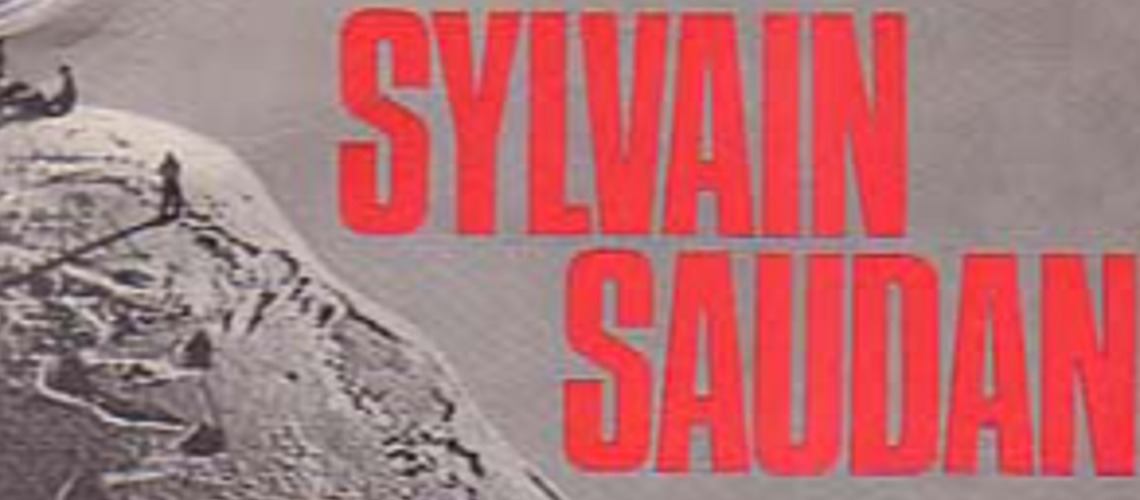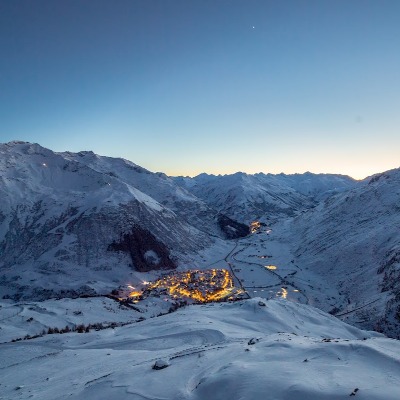Sylvain Saudan: Godfather Of Extreme Skiing Passes Away

Sylvain Saudan, the legendary pioneer of extreme skiing, passed away peacefully. Known as the "Skier of the Impossible," Saudan redefined the boundaries of the sport and left an enduring legacy.
Sylvain Saudan was born in Lausanne in 1936. He was the first person to attempt extreme descents. He was nicknamed by the media “The Skier of the Impossible” when he skied down “Couloir Gervasutti” in the Alps, a corridor whose slope average is 65 degree. Remarkably he was also a ski teacher in the Scottish resort of Glenshee.
Saudan was born in a rather poor family who lived in the mountains of Valais. Life was not easy. In summer, at the age of 7, Sylvain kept a few cows in the mountain pastures, being alone with his dog, for 2 months. His father would visit him every 15 days. To go to school was not either an easy job, descending to the village through avalanche corridors and steep slopes. In spite he and his brother were part of a regional ski team and doing quite well, his parents had no financial means to follow up due to the cost of the required equipment, of the traveling, of the fee, etc. There was no sponsoring or facilities at that time.
Willy Favre, who years later became Olympic champion, was also part of the same regional team. Saudan was as good as him, but had to renounce and became a ski teacher in Crans-Montana. By curiosity, during summer in our hemisphere, he went to Australia and New Zealand, to watch the training of the international teams. He noticed that as soon as the snow was not optimal, crusty or sticky, the best champions of the time were regularly falling. He then decided that he would not fall and started training in all kind of snow conditions, untill he could achieve his bet. By then he had come up with a new technique, the so-called “windshield technique”, which gave him the confidence that he would not fall whatever the snow conditions, whatever the slopes.
Couloir Whymper was his first test. The rest is a success story made by a man who knows his possibilities, his limits and who is in total symbiosis with the mountains.
The list of his exploits is outstanding, after his descents in the Alps on the steepest slopes: Couloir Whymper, Couloir Gervasutti, Couloir Marinelli, The Eiger, Mount Blanc and Aiguille de Bionnassay. He also climbed down and skied: Mt Mc Kinley in Alaska (6187m) in 1972, Nun Kun in Kashmir (7035 m) in 1977 and Gasherbrum 1 in Pakistan (8068m) in 1982.
Sylvain Saudan was skiing with 2.10 meters skis in order to hold on ice, and with the first Salomon bindings which he tightened at the most. The equipment technique was not at that time what it is today.
2 books have been written on his exploits: Sylvain Saudan “Skieur de l’Impossible” and Victoire à ski sur l’Himalaya: 8068 ms”. Also, fivemovies have been shot on his descents.
After his descent of Nun Kun in Kashmir, S. Saudan was offered to promote Kashmir and opened the first heliski base in the Himalayas: Himalaya Heliski, with a ski domain as large as the North and South Alps together.
However all success stories have their draw back. For Saudan the draw back was the accident which happened in 1979 on the slopes of Daulaghiri (Nepal), an 8160 ms peak. The accident occurred at 7600 ms: 3 members of the expedition were lost, 3 survived. The mountain had denied its access. The 3 survivors, Sylvain Saudan, Marie-José Valençot and Jean-Pierre Ollagnier were believed to be dead, due to the weather conditions and the impossibility of launching any rescue. They finally reached the base camp in the morning in which the remaining team members had decided to go back, and dismantle the camp. 4 days spent between 7600 and 6000 ms, in bad weather and heavy snow, without food, without tents, without any stove and with already frozen hands and feet. The 3 survivors, 3 years later, were at the top of Gasherbrum 1, an 8068 ms peak.
In order to safely ski these mountains he developed a new technique to "jump turn" on very steep inclines. Normal jump turns would have accelerated the skier and thrown him too far down the mountain so, using long ski poles, Saudan turned by planting a ski pole downhill and, keeping his weight on both skis and leaning back on his heels, he lifted the ski tips up and swivelled them in an arc into the turn. These turns, rhythmically swivelling the skis in arcs left and right, he christened the windscreen wiper turns. His extreme exploits involved considerable preparations, studying the mountain, the snow, and the terrain over an extended period of time.
Saudan was an accomplished guide for heliskiing, one of the first European guides, along with Hans Gmoser, to exploit the Bugaboos in British Columbia in the 1970s, with waist deep powder snow (often 150,000 vertical feet per week or more). He later developed his own line of skis suited for powder skiing. These were relatively short and wide metal skis, designed to be quick turning in powder snow, as well as to be easily loaded outside the helicopters.
He became a motivational speaker in later life for corporate executives, using his films to demonstrate the leap in courage it takes to conquer new peaks and new challenges.
Beyond his athletic achievements, Saudan was a mentor to countless skiers and mountaineers. His unwavering passion for the mountains, coupled with his deep knowledge of the sport, inspired generations to push their own limits.
The skiing world mourns the loss of a true legend. Sylvain Saudan's legacy will continue to inspire and challenge skiers for years to come.













